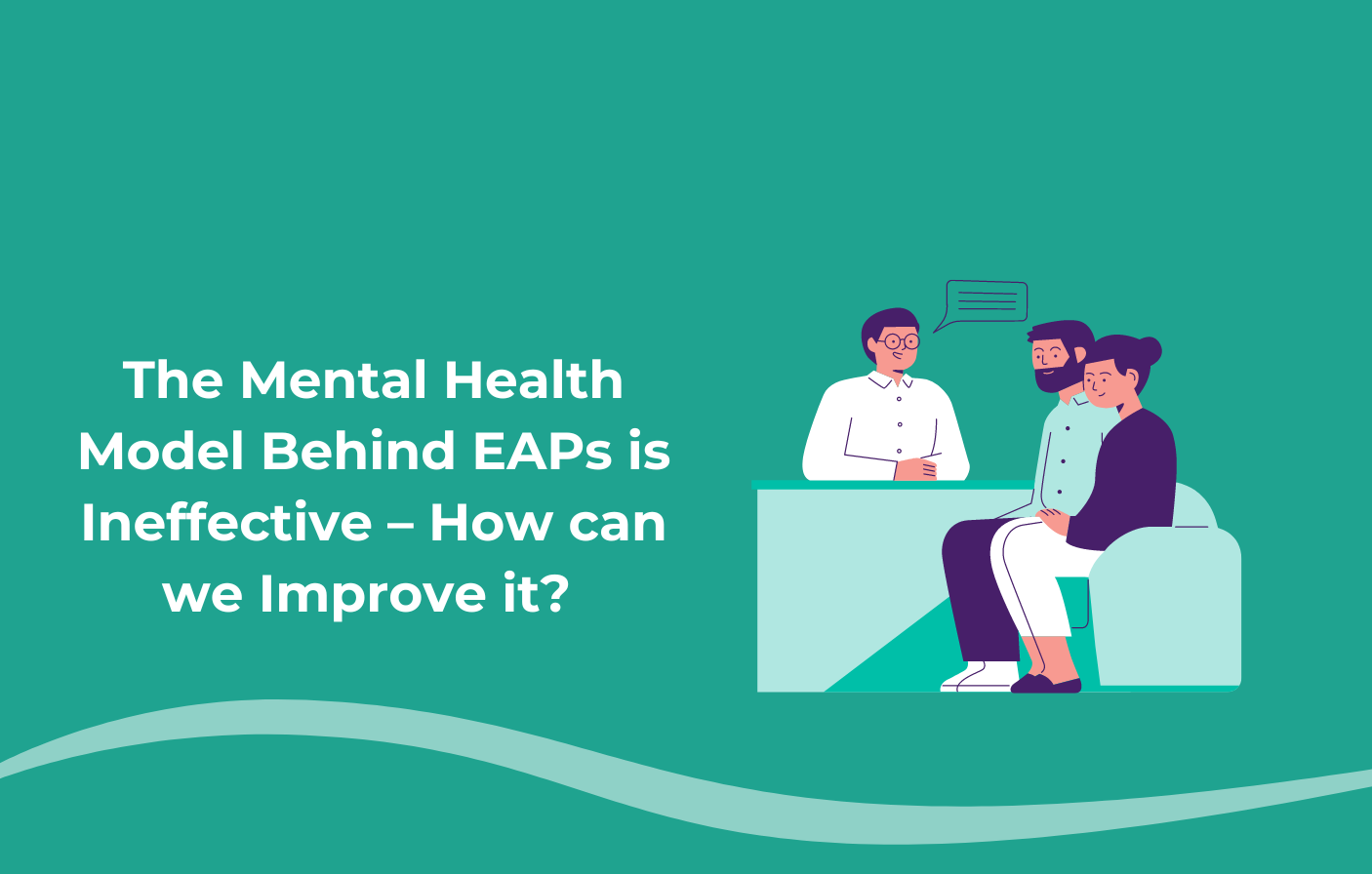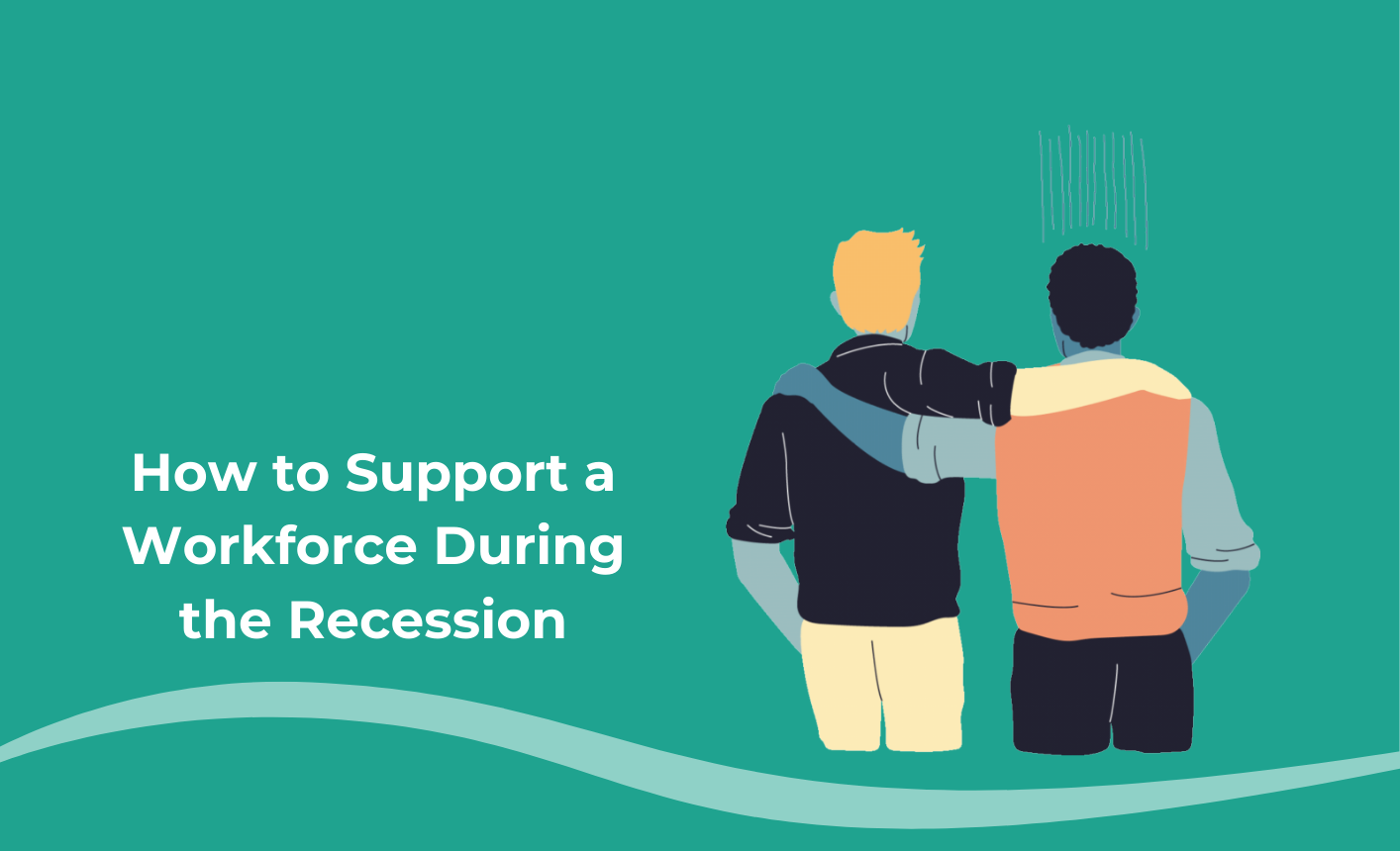What is a toxic workplace?
A toxic workplace is a work environment that is harmful to the physical and/or emotional well-
being of its employees. This can include things like bullying, harassment, discrimination, and excessive stress. It can also refer to a company culture that is unhealthy or oppressive, such as one that prioritizes profit over the well-being of its employees.
Some signs that your workplace may be toxic include:
- High turnover rate and difficulty retaining employees
- Constant complaining or gossip among employees
- Bullying, harassment, or discrimination
- High levels of stress and burnout
- Lack of trust in management or leadership
- Lack of open communication and transparency
- Lack of support or recognition for good work
- A lack of clear goals or expectations
- Hostility and negativity among employees
- Fear of retaliation for speaking up or raising concerns
- An unhealthy work-life balance.
It’s important to note that not all of these signs need to be present for a workplace to be
considered toxic, and some may be more subtle than others.
What are the side effects of a toxic work environment?
A toxic work environment can have a number of negative effects on employees, both physically
and emotionally.
Some of the side effects of a toxic work environment include:
- High levels of stress and anxiety, can lead to physical health problems such as
headaches, fatigue, and high blood pressure. - Depression and other mental health issues, such as feelings of hopelessness,
helplessness, and low self-esteem. - Difficulty sleeping and sleeping disorders
- Loss of motivation and productivity, as well as a decrease in job satisfaction and
engagement. - Increased risk of burnout, which can lead to physical and emotional exhaustion, cynicism,
and detachment from work. - Difficulty in concentration, memory, and decision-making
- Increased absenteeism, as employees may take more time off to deal with the stress of
the work environment. - Difficulty in building and maintaining healthy relationships, both inside and outside of
work. - Difficulty in maintaining a healthy work-life balance, as the stress of the work environment
can spill over into other areas of life.
It’s essential to keep in mind that not everyone will be affected by a toxic work environment in
the same way and the symptoms can vary from person to person.
Here are a few steps that can help prevent creating a toxic workplace:
- Communicate openly and honestly with employees. Please encourage them to bring up any concerns or issues they may have, and address them in a timely and appropriate
manner. - Establish clear expectations and guidelines for behavior. Make sure that all employees
understand what is and is not acceptable behavior in the workplace. - Foster a positive and respectful work culture. Encourage collaboration, teamwork, and
mutual respect among employees. - Promote diversity and inclusion. Make sure that all employees feel valued, respected,
and supported, regardless of their background or identity. - Provide opportunities for growth and development. Encourage employees to take on new challenges and responsibilities, and provide them with the resources and support they
need to succeed. - Prioritize employee well-being. Take steps to promote physical and emotional well-being,
such as offering mental health support and promoting work-life balance. - Encourage and support employee feedback. Regularly ask for employee feedback, and
act on it in an appropriate and timely manner. - Hold management accountable for creating and maintaining a healthy work environment.
Make sure that management is held to the same standards as other employees, and that
they are held accountable for any negative behavior.
It’s important to note that creating a positive work culture is an ongoing process, and it requires
constant monitoring and adaptation.

Gain FREE access to Heartbeat
Get a free Heartbeat Survey.
Let us uncover the true state of your team’s wellbeing with a free mental health survey for your entire organisation.
Gain valuable insights to see how you can better support your team’s mental health and performance.
No pitch. No credit card required.





